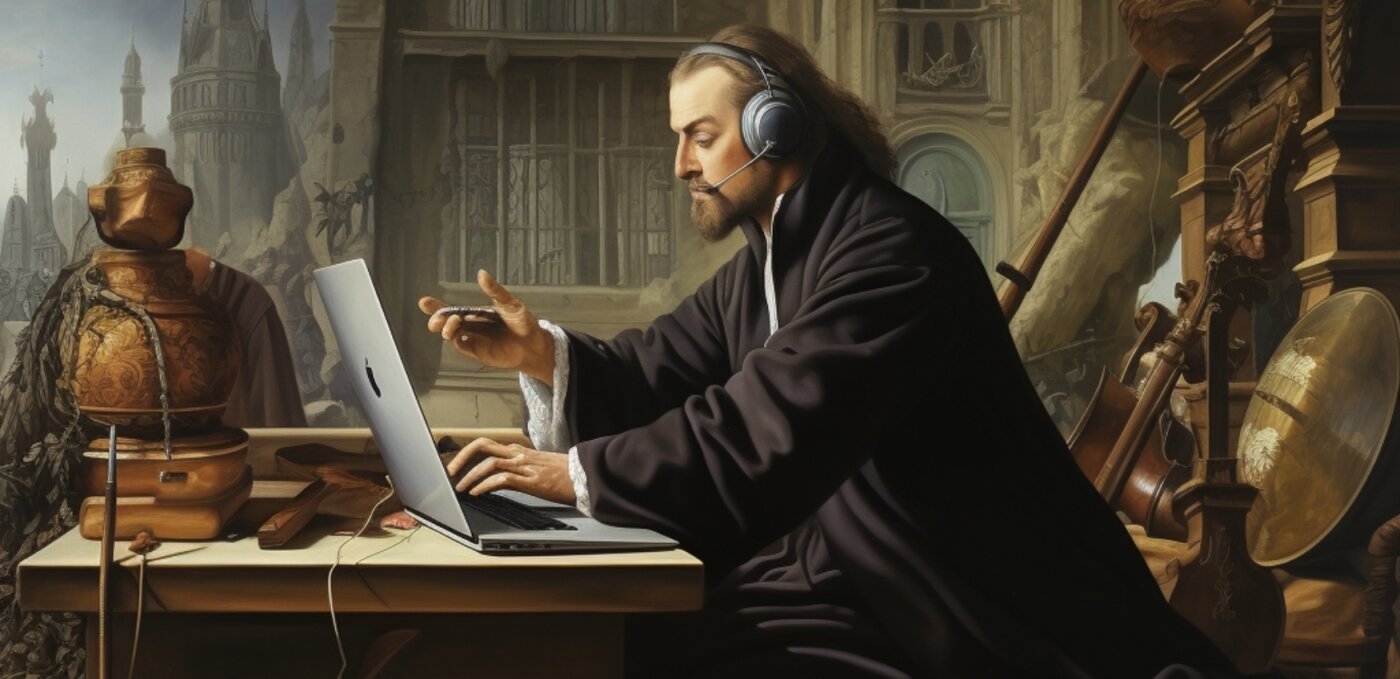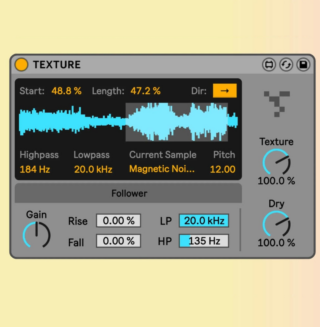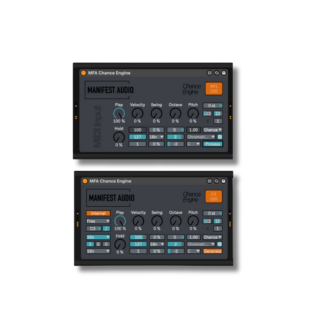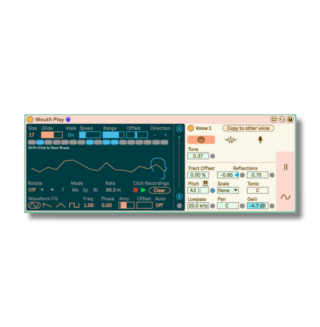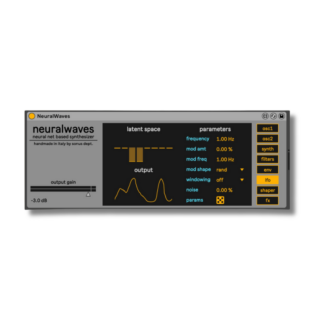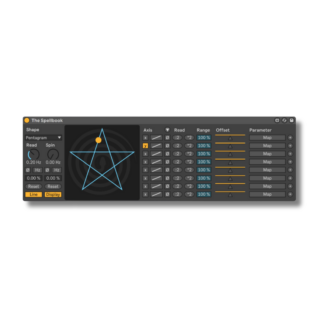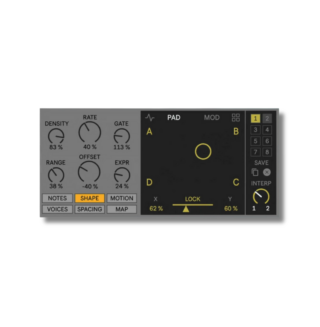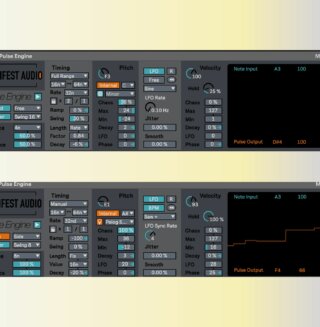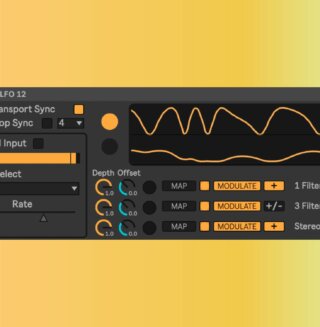The law when it comes to emulating instruments in software form is vague and complex. We take a look at the legalities of emulations from two sides, the law and the developer.
Software emulations are incredibly commonplace in music production. Synthesizers, drum machines, effects, even consoles – developers regularly recreate all of these and more in digital form. But what are the legalities of these emulations? And what would happen if a startup developer decided to recreate a famous instrument and sell it?
The legalities of emulations, it turns out, are incredibly complex. There are intellectual property copyright issues plus patents and trademarks to consider. The law can be frustratingly vague and also vary from country to country. To find out more about emulations and the law, we wanted to speak sides of the same issue, a lawyer and a developer.
The Law
For the legal skinny, we spoke with Will Cameron, an in-house lawyer at AWAL, a recording business. He’s not only a qualified solicitor, he’s also a former professional musician with touring experience. Will is “deeply passionate about both music and the industry,” he tells us. He sounds like the right person to be talking to.

Attack: Is a software emulation potentially a violation of a patent?
Will Cameron: Let’s begin by defining software emulation, which is the process of creating software that mimics the behaviour of another software system. To determine if software emulation infringes a patent, the first thing you have to do is analyse the claims of the patent and secondly, compare them to the functionality and implementation of the software emulation. If the claims of the patent cover specific aspects of the software emulation and the emulation can’t rely on a valid legal defence, then it could be considered an infringement of the patent. Patent law can be complex and it varies by jurisdiction.
Is a software emulation potentially a violation of a trademark?
Generally speaking, software emulation itself is not a violation of a trademark. Trademarks are used to protect names, logos, symbols or other identifiers that distinguish goods or services from one company or source to another. Trademarks really exist to prevent consumer confusion and to ensure that customers can associate specific products or services with a particular brand.
That said, if a software emulation is made in such a way that it confuses consumers about the source of the product, or if it dilutes the distinctive quality of an existing trademark then that could potentially be considered a trademark violation.
What is the sticky part of making an emulation in terms of the law?
The sticky part predominantly centres around intellectual property rights and the related potential legal challenges. The key areas that could be sticky are copyright infringement and, as mentioned above, patent infringement and trademark violations.

Copying or reproducing copyrighted material without consent can lead to copyright infringement claims. However, more often than not, emulators need to replicate the software code or user interfaces of a prior existing original system to function correctly.
There are other concerns related to reverse engineering legalities (which can be very ambiguous), end-user licence agreements (these explicitly prohibit reverse engineering, copying, or using the software in unintended ways), and the fact that the laws around software emulation can sometimes vary significantly between countries, making it a real challenge for developers and distributors trying to navigate the global legal landscape.
Protecting emulation software when it is already a copy of something is also sticky and creates unique challenges.
How can a developer protect their emulation software so that others can’t copy it?
Protecting emulation software when it is already a copy of something is also sticky and creates unique challenges. This is because developers need to be very cautious about infringing the intellectual property rights of others while also safeguarding their own creations.

Firstly, developers can protect their emulation software by ensuring that they make original code and creative innovative features so that even if their emulation software replicates certain functionalities, they are somewhat protected. They should also create additional functionalities or improvements that aren’t in the original system as doing this could help establish copyright protection for the new elements.
It could be worth obtaining licences (or permission) from the IP holders of the original software or hardware that they intend on emulating. This would allow them to use the protected material legally.
Developers could consider releasing their emulation software via an open-source licence that is subject to specific terms, which would have the effect of imposing specific conditions on any further use by the product users.
Another idea would be to protect any unique algorithms, techniques, or processes used in the emulation software as trade secrets. Employees and/or collaborators should be encouraged to sign non-disclosure agreements (NDAs), which would keep these trade secrets confidential.
Branding and trademark protection can prevent others from using confusingly similar branding that might lead to consumer confusion if the emulation software or hardware has a unique branding, logo or name.
User agreements (with terms of use) are important for outlining how the software can be used by the product users and they can contain any relevant restrictions that should be applied to its functionality.
Being proactive in educating and encouraging responsible use amongst users and the community could be a good way of increasing awareness of the legalities more generally, which could help to minimise disputes.
Is it possible to legally emulate an instrument that is currently on the market or does it have to be a certain time period past its launch (like 20 years)?
In short, yes, it is, but whether it is legally possible to emulate an instrument currently on the market depends on various legal factors, including intellectual property rights, licensing agreements, fair use exemptions (in the US), and the jurisdiction in which the developers operate.
No matter how long you spend trying to achieve perfection it will never be achieved
If I made an emulation of an existing product, like Korg’s MicroKorg, what would Korg’s likely reaction be, and what steps would they take to make me stop?
I can’t predict specific reactions from companies but based on common industry practices and legal principles, if you were to create an emulation of Korg’s MicroKorg, the company’s reaction would likely depend on the nature of the emulation. If the emulation’s software’s interface or its hardware closely replicated the design, features and functionalities of those of the MicroKorg, then they might view it as a potential threat to their IP rights and market position.

If you had serious commercial intent to distribute and sell your emulation then this could add to Korg’s inclination to respond strongly and in a way that would protect their brand and market share. That said, obtaining licences or consent from Korg to go ahead with the distribution of your emulation might lead to a less aggressive response from Korg.
The steps that Korg might take to shut you down would likely include sending you a cease and desist letter and legal action depending on what you copied and to what extent. On the other hand, Korg could take the view that your emulation is actually beneficial to their product ecosystem and they might even reach out to discuss licensing or collaboration opportunities. This is not a slam dunk so I’d air on the side of caution. A lot of this would come down to the specific emulation, Korg’s internal policies and their approach to IP protection, and the laws in your jurisdiction.
The Developer
On the other side of the coin is the developer, the company wishing to make an emulation. producers know England’s GForce Software not just for its high-quality emulations but also its willingness to communicate with the inventors of the instruments they’re emulating. A recent example is Oberheim OB-E, a recreation of the Oberheim Eight Voice, which creator Tom Oberheim has endorsed personally.
Hugo Branwyn, the designer behind Oberheim Ob-E, agreed to answer our questions about developing emulations.
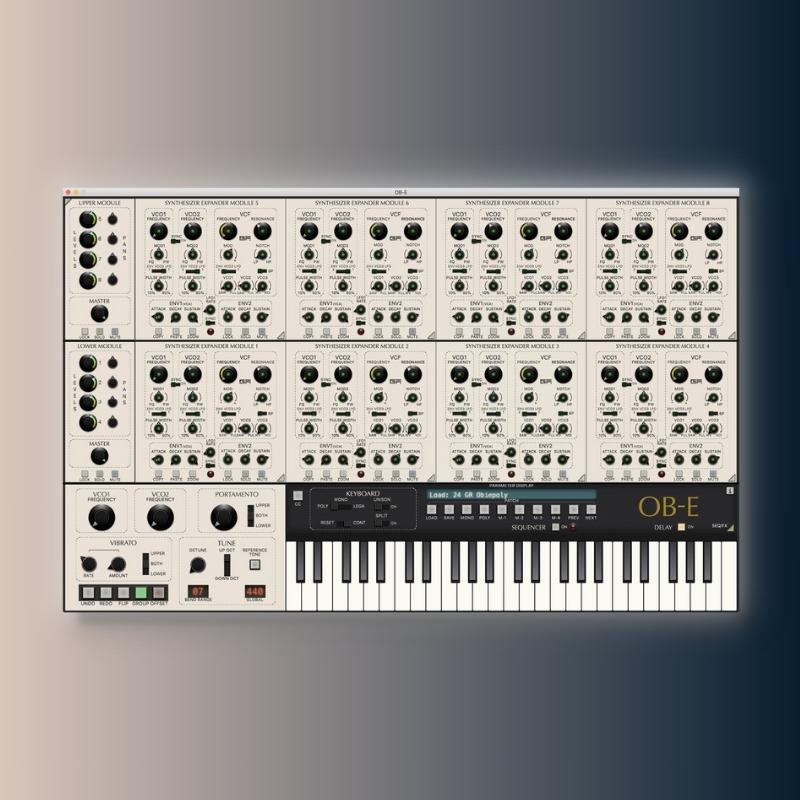
How do you digitally emulate something? Can you talk us through the process?
Different developers have different approaches. Some model every piece of a circuit with mathematics, while others use well-known building blocks, their ears, and some trial and error. The desired result is always something as close as possible to the original, so a lot of care and attention has to go into understanding and getting to know the original. There is no replacement for playing the actual instrument.
How do you decide when it’s close enough?
Close enough is the art. A balance between accuracy and usefulness. No matter how long you spend trying to achieve perfection it will never be achieved and people mostly won’t be able to tell between hardware and software. A lot of older synths sound so different between examples of the same synth that a judgment call has to be made. Our aim is to never just emulate, we want to augment. It is software so we can make faithful additions that the original designers couldn’t. There is usually a moment in the development of a product when we know everything is right, and that leads us to be happy to release something.
Are you ever worried that a company will come after you?
Not at all. As discussed later, we like to have a relationship or at least communication with the original designers. Our aim is to never undermine the people who we hold in high regard.
I know you often speak to the original designers when doing an emulation. Do you prefer to have the original people involved?
Yes. The history of the synth is as important for us as emulating it. Each one has a story, and we want to tell that story. To feel connected to the instrument. We only emulate instruments we love.
Find out more about AWAL, GForce and Will Cameron.
While you’re here…
You may ‘The Rights and Wrongs Of Sampling’.
